Coming Home
Lucy Sante and the solitude and solidarity of transitioning.
Lucy Sante and the Solitude and Solidarity of Transitioning
In her new memoir, I Heard Her Call My Name, Sante dissects her past in order to understand her future.
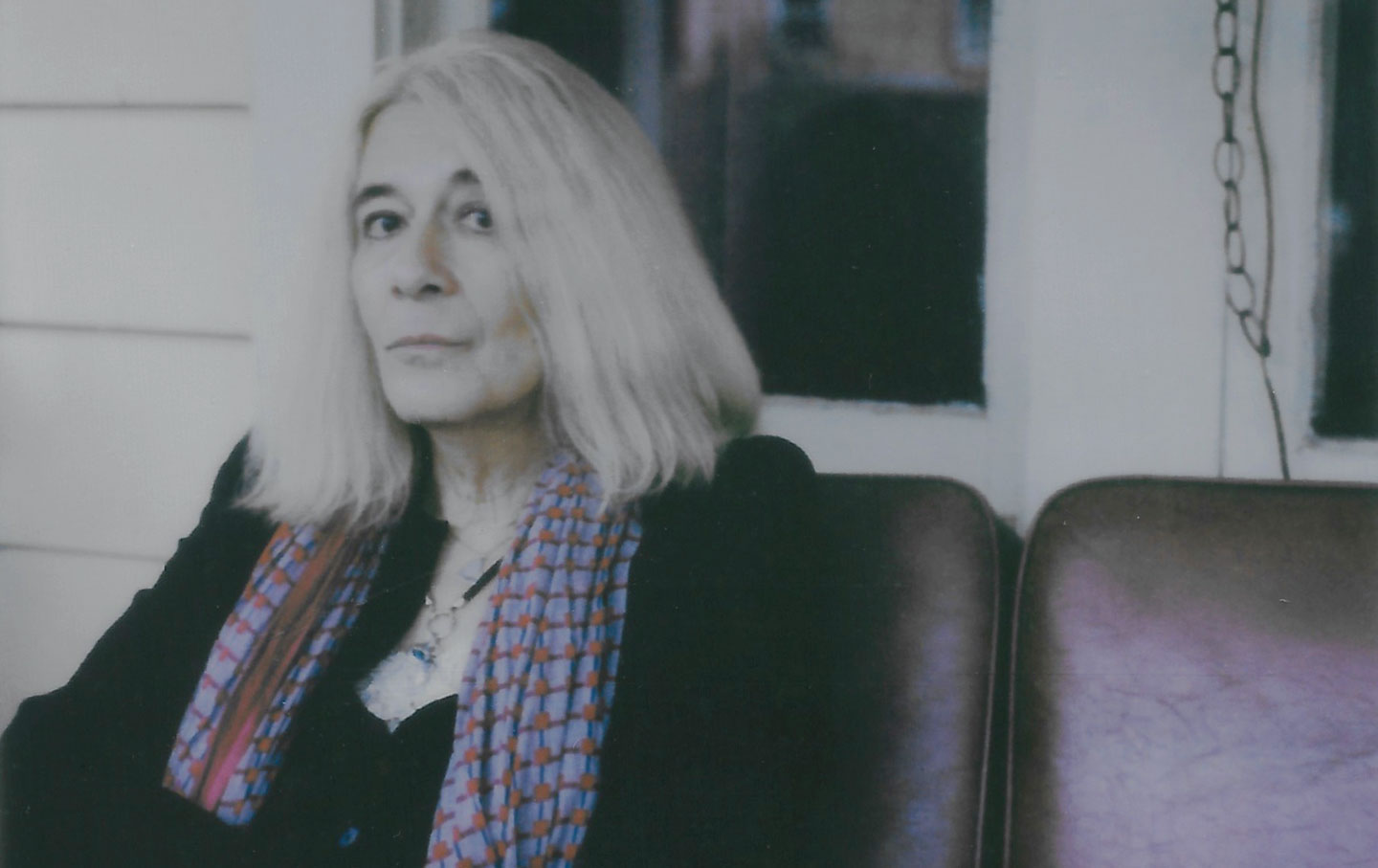
Lucy Sante
(Jem Cohen)“Many cis people (I first wrote ‘civilians’) are baffled by transgender matters,” writes Lucy Sante near the end of her crisp new memoir, I Heard Her Call My Name, which begins, and ends, with her own coming-out as a trans woman in 2021. Sante writes to unbaffle them and—like all good memoirists—to explain her life to herself. And in the process, she describes an aspect of existence common to her generation of trans people and so to mine, too: We often felt that we grew up profoundly alone.
Books in review
I Heard Her Call My Name: A Memoir of Transition
Buy this bookBorn in Belgium in 1954, Sante became a professional writer in the New York of the early 1980s. She flourished in the downtown experimental punk-and-art scene that also included Kathy Acker, Jean-Michel Basquiat, Richard Foreman, Nan Goldin, Tom Verlaine, the Contortions, DNA, and Teenage Jesus and the Jerks. At the same time, Sante cut her literary teeth in the mail room and as an assistant at The New York Review of Books before setting off on her own. Over the next four decades, she became one of our most celebrated and versatile creators of research-based literary nonfiction and criticism. She also published 10 books, among them Low Life (1991), a thick and racy chronicle of 19th-century Manhattan, and The Factory of Facts (1998), a beautifully detailed memoir largely about her immigrant parents and their origins in the decrepit factory town of Verviers.
Compared with those earlier books, I Heard Her Call My Name is shorter, less formal, less research-oriented, and more personal. It also moves faster, and it moves on two tracks at once: The first follows Sante’s life over the decades, up to the moment that she fully came out to herself, and the second follows the months after that. Like Jan Morris’s Conundrum (1974) and Jennifer Finney Boylan’s influential She’s Not There (2001), I Heard Her Call My Name treats coming out as the major hinge in the author’s life: There is a life before and a life after. Also like those books, it addresses the wider literary audience that this accomplished writer has grown up knowing, rather than the smaller, newer, younger (on average) group who already know that we’re trans, a group that keeps showing up at the margins of Sante’s story despite her earlier worries about coming too close to them, about coming out too soon.
Throughout I Heard Her Call My Name, Sante—writing just two to three years after her transition— remains self-conscious about her emotional and chronological distance from other trans people. One twentysomething friend, she notes, has come to serve “as my trans mother—all transsexuals need one. The age reversal fit my golden-age trans puberty.” Sante has other trans friends, but not many, not yet: She writes that she hasn’t “made many forays into trans world.” The kinds of trans social life, the trans culture for and by and about trans people chronicled in (say) Cat Fitzpatrick’s verse novel The Call-Out, or the trans audience for Gen Z performers like Cavetown, have no place in Sante’s life so far. It’s a familiar story for me, since I didn’t go to parties like the ones in The Call-Out after I came out either: Like Sante, I felt, for years, too old, too settled, too busy, and perhaps too cautious for my own good.
Those fears and isolation carry over from the years—really, decades—of contemplating transition but feeling afraid. Adrienne Rich (not always a friend to trans people) has a relevant poem called “Prospective Immigrants Please Note.” “Either you will / go through this door / or you will not go through,” Rich wrote in 1962, a decade before she herself came out as lesbian. “If you go through / there is always the risk / of remembering your name.” Sante waited a long time—even longer than I did—to open that door, and of course, Sante writes, it felt like “having passed through a portal”; she would not and could not go back. “I am the person I feared most of my life,” she concludes. “I have, as they say, gone there.”
Sante’s attitude toward gender transition—binary, long-awaited, and in practice irreversible, because it felt so right—allows her to reinterpret her earlier career throughout I Heard Her Call My Name as a way to excel (professionally) while hiding (emotionally), telling stories about 19th-century Manhattan crooks and modernist French filmmakers to keep the real plot about herself at bay. As much as her memoir of transition describes a life of concealment, it also tells a story of immigration. Sante writes as a literal immigrant, too, recapping in faster, more personal ways the early life she described in The Factory of Facts, some of whose passages take on a new meaning now. There is, Sante quips, “a distinct rhyme between gender transition and the sort of transitioning I’d had to do as an immigrant child.” Transition (sartorial, social, medical) resembles immigration in its potential to change our sense of who we are, whether or not we land where we belong.
As she describes in I Heard Her Call My Name, Sante’s early years held their own set of changes. We first meet Lucy as the girl she never was and as the bookish, restless schoolboy she tried to be, skipping classes in her Catholic grade school to explore Manhattan. We meet her as she navigates suburban northern New Jersey as a student at a public high school in the 1960s, and then at the bedraggled, riot-damaged Columbia University of the early 1970s, before she arrives at the excitement of the Lower East Side. And we see—especially if we know her earlier books—how her aspiration to become a professional writer, to practice literary journalism, interacted with the closeted writer’s wish to merge into her loves and special interests, in effect to disappear. She presents herself as a down-market, scruffy, urbane observer, a latter-day flaneur, which meant she aspired to go unseen—and as she wrote in The Other Paris (2015), “until very recently it was impossible for women to walk around by themselves unobserved, and it is crucial for the flâneur to be functionally invisible.”
Readers of Sante’s earlier books will expect astringent observations of social life: They’re back, this time concise and based on personal experience. Among Columbia undergraduates, she writes, “boys ate any kind of slop; girls ate mostly leaves.” Downtown New York gave Sante a youth without a safety net, one punctuated by “cocaine and heroin, sometimes pills,” and yet also a spectacular self-education: French cinema, punk rock and art rock, as well as “vernacular culture” and “crime novels.” Her New York was a world unto itself: We learn how Sante became an authority on its “urban, concrete, disabused” landscape, its unauthorized, squirrelly, self-sabotaging art and culture, and its parallels with other storied cities. We learn how the alienated immigrant schoolgirl, misrecognized as a schoolboy, could conclude—as she did in The Other Paris—that “beauty is a by-product of danger, that liberty is at best a consequence of neglect, that wisdom is entwined with decay…fear, dirt, sloth, ruin, and accident.” This writer, the memoir implies, belongs—has always belonged—in great cities. Only accident, romance, and self-hatred could convince her to leave them, as she did in the 1990s, resettling upstate for love.
As Sante became an authority on urban wanderings, 19th-century tenements, and (to quote the title of her first big book) “low life,” she became an expert on other things too—reservoirs, pulp fiction, most of all photography. Here, she puts her interest in images to new use: I Heard Her Call My Name features perhaps a dozen photographs of the author at various ages, digitally altered to show how she would have looked had she grown up as a girl. It’s a neat trick, and one that points back to Sante’s own realization—what in trans lingo is called her “hatching,” as if from an egg—occasioned by her quarantine-era experiments with the gender-swapping tool in FaceApp. Sante could literally see herself as a woman and then took steps to make the image real. Less than a year after her first experiments with FaceApp, Sante published a “formal public coming-out piece,” with lovely professional photographs, in Vanity Fair.
Sante’s new memoir arrived at a similar speed: Only three years after coming out, she has a whole book about it. That’s pretty fast—so fast that it brought to my mind a poem by the trans philosopher Amy Marvin, called, snarkily, “The First Trans Poem.” “Every two years a trans person / who came out two years ago / declares herself an old school / transsexual,” the poem begins. “Every trans elder is / like so old now, in their thirties…. Every trans person speaks / for every trans person.” Marvin was mocking young trans people’s wish to begin again, to repudiate our past. But she was also mocking people like me, who came out after gaining a professional reputation, and who therefore seem to the cis world like we ought to be authorities on trans experience.
Sante’s memoir admirably refuses that kind of authority. Her experience might not be yours if you’re trans, especially if you’re not white, or not femme, or not binary, or if you came of age in a time and place where Cavetown and SOPHIE, Ryka Aoki and Abigail Thorn (a YouTuber; don’t worry about it) were already a thing. Her story of transitioning, she knows, remains specific to her.
Popular
“swipe left below to view more authors”Swipe →And yet, in some ways, her experiences resemble those of other trans people—especially white trans women—closer to her own age. Certainly, they are like mine: in the way that Sante grew up not knowing, and then for a while avoiding, visible trans people (except for certain circles around Nan Goldin, there weren’t many to avoid); in her modes of long-term self-denial; in the way that she comes out to friends, first very hesitantly and then all at once; and in the way that she fears—and then does not fear—appearing in public. “What if I look like a grotesque?” she wonders. “Or merely pathetic, dressing mutton up as lamb?” Will this wig work? Will this dress, and this lipstick? Why do I care so much? Will I care, later on?
Her questions outline a very familiar uncertainty. I no longer feel that way, but I remember when I did. The more I believe that the people around me understand that trans women are women, the less I care about looking, from all angles, indistinguishable from cis women. All the same, after seven years on hormones, I’m still anxious about my lipstick, and my hair, and my chin.
The critic G. Thomas Couser has argued that a memoirist should not paint hyper-realistic pictures in the way that a novelist would, since memory doesn’t work that way: Memoir should instead venture generalizations, draw conclusions, and explain how things feel. The archive-mad author of Sante’s earlier books might have rejected Couser’s advice, but the one who wrote I Heard Her Call My Name has decided to take it—with the result that her conclusions reach out beyond her own life to a generation or two, a cohort, and capture a particular way to deny, and then to affirm, being trans.
I, at least, see myself in many of Sante’s sentences, the more so because they’re so compact and clear. “I was as delighted to stop being a man as I was to become a woman,” Sante writes near the end of her volume. “I’m happy, in a way I’ve never been before.” Such quick admissions occupy the space between the less personal, more traditionally literary New York Review of Books world from which Sante emerged and the stranger (or geekier) one of trans creation for trans people, now manifest on dance floors and in countless Discords and science-fiction conventions. (I prefer the conventions.)
There’s a case to be made that the best new literary renderings of trans experience are found not in memoir, nor in realistic fiction for adults, but in science fiction and fantasy, like Aoki’s, and in writings about and for teens: not views of our past, but ways to see possible futures. That said, the past certainly has its uses too, especially when it is presented with Sante’s signature brisk clarity. Here are two sentences from The Factory of Facts, about Sante’s preteen crush on Françoise Hardy: “She and I had everything in common, the age difference notwithstanding. But I couldn’t very well run into her on the Canebière, take her off in my Aston-Martin to a secluded spot in the Pyrénées-Orientales, eventually get married in a ceremony conducted by the bishop of Andorra before a crowd that would include Jean Shrimpton, Salvador Dalí, David Hemmings, and Jeanne Moreau, with live music by the Yardbirds and a forty-eight-hour nude pool party afterwards, and then settle down in a seventeenth-century hôtel particulier on the Île Saint-Louis, now could I?” And here are two from the new memoir about a first crush: “I did manage to walk home from school with her a few times—a very bold move for me—but can’t imagine what we talked about. I wanted her to be my girlfriend, to cuddle and coo and share experiences, but I somehow also wanted to be her.”
Is the new Sante more casual, more relaxed, less self-consciously literary? I think so, though I like them both. Sante has moved—immigrated, if you like—from the cumulative, self-concealing, recorded details that made her famous for writing about lives other than hers, into a brighter land of openness about her body and her desires. It’s a good place to settle; it may even—to judge by my own life—feel like coming home.
More from The Nation
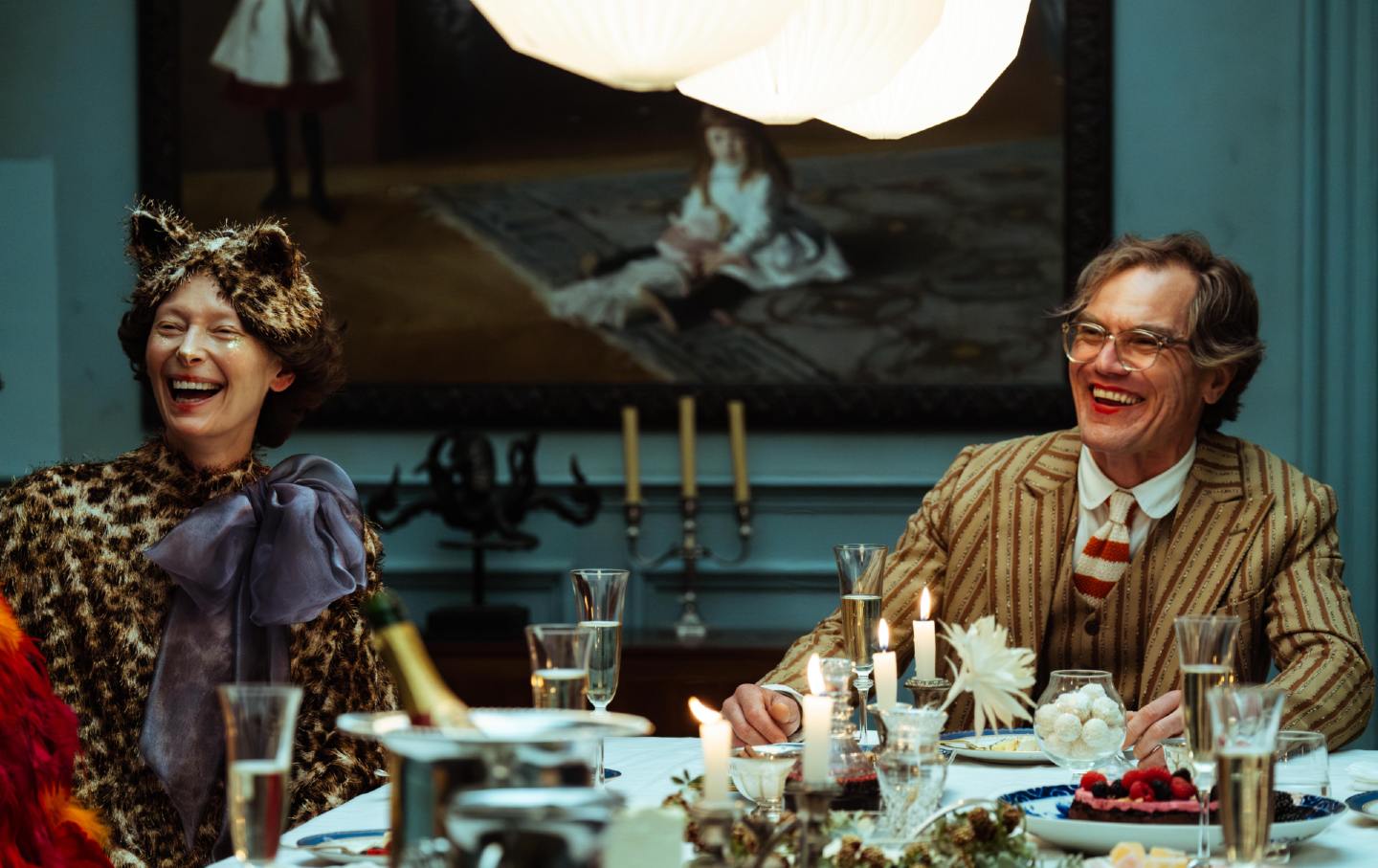
What Comes After the Apocalypse? A Q&A With Joshua Oppenheimer What Comes After the Apocalypse? A Q&A With Joshua Oppenheimer
Oppenheimer’s latest film, The End, is a Golden Age, postapocalyptic musical crying out from the depths of the earth.
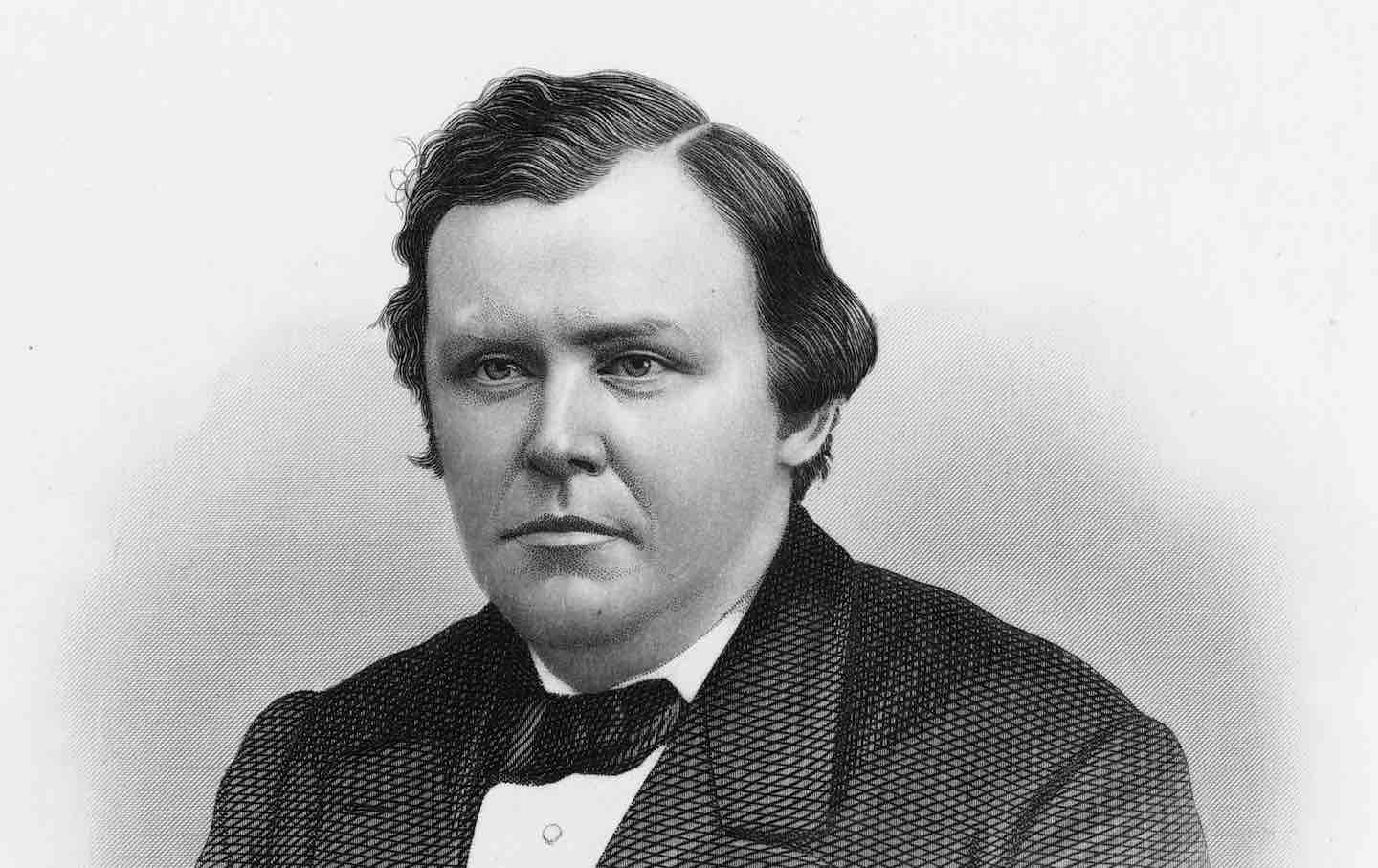
The Peculiar Case of Ignatius Donnelly The Peculiar Case of Ignatius Donnelly
The Minnesota politician presents a riddle for historians. He was a beloved populist but also a crackpot conspiracist. Were his politics tainted by his strange beliefs?

The Agony of Aaron Rodgers The Agony of Aaron Rodgers
Is he the world’s most interesting athlete or is he just a washed-up crackpot?
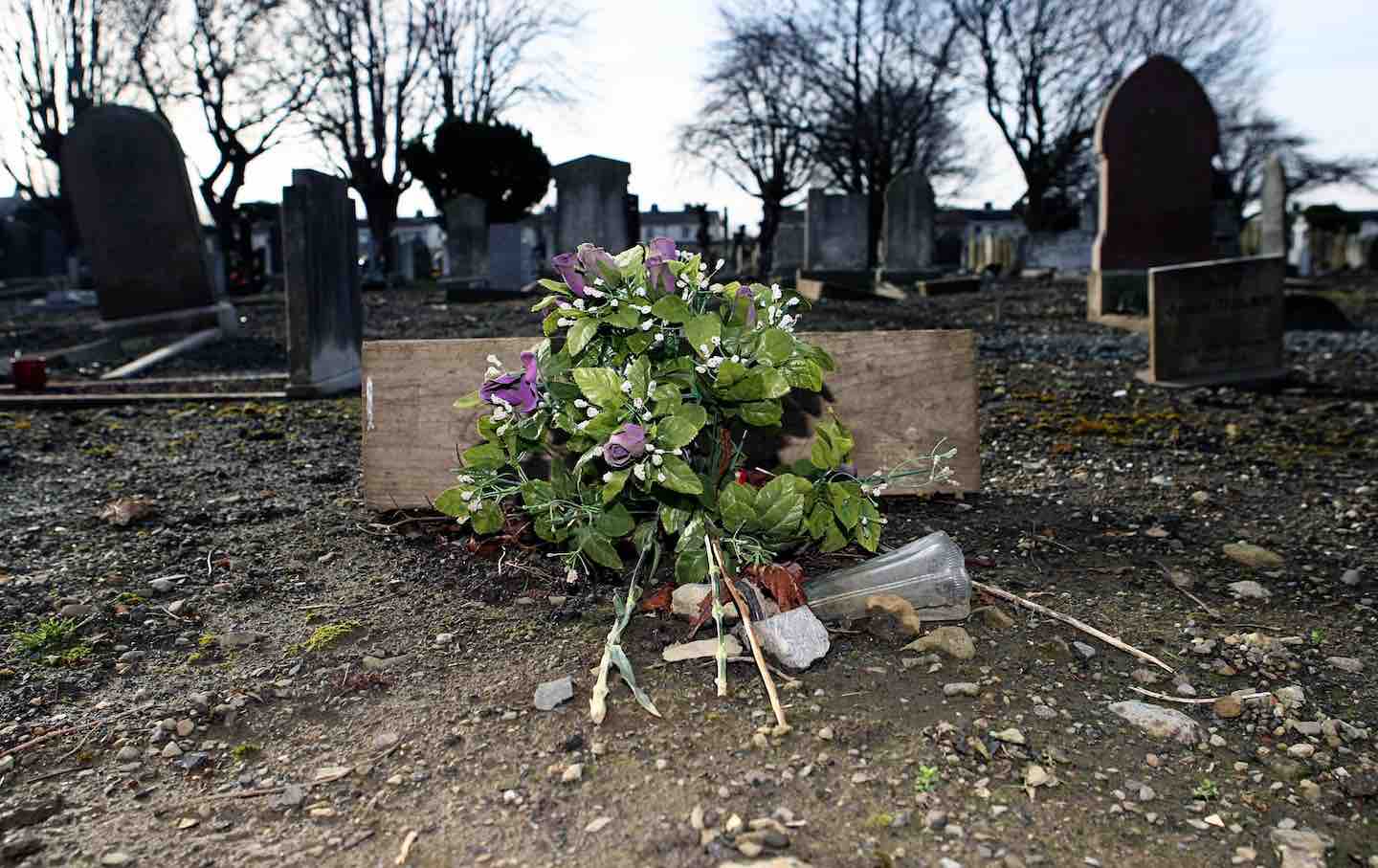
Can You Understand Ireland Through One Family’s Terrible Secret? Can You Understand Ireland Through One Family’s Terrible Secret?
In Missing Persons, Clair Wills's intimate story of institutionalized Irish women and children, shows how a family's history and a nation’s history run in parallel.
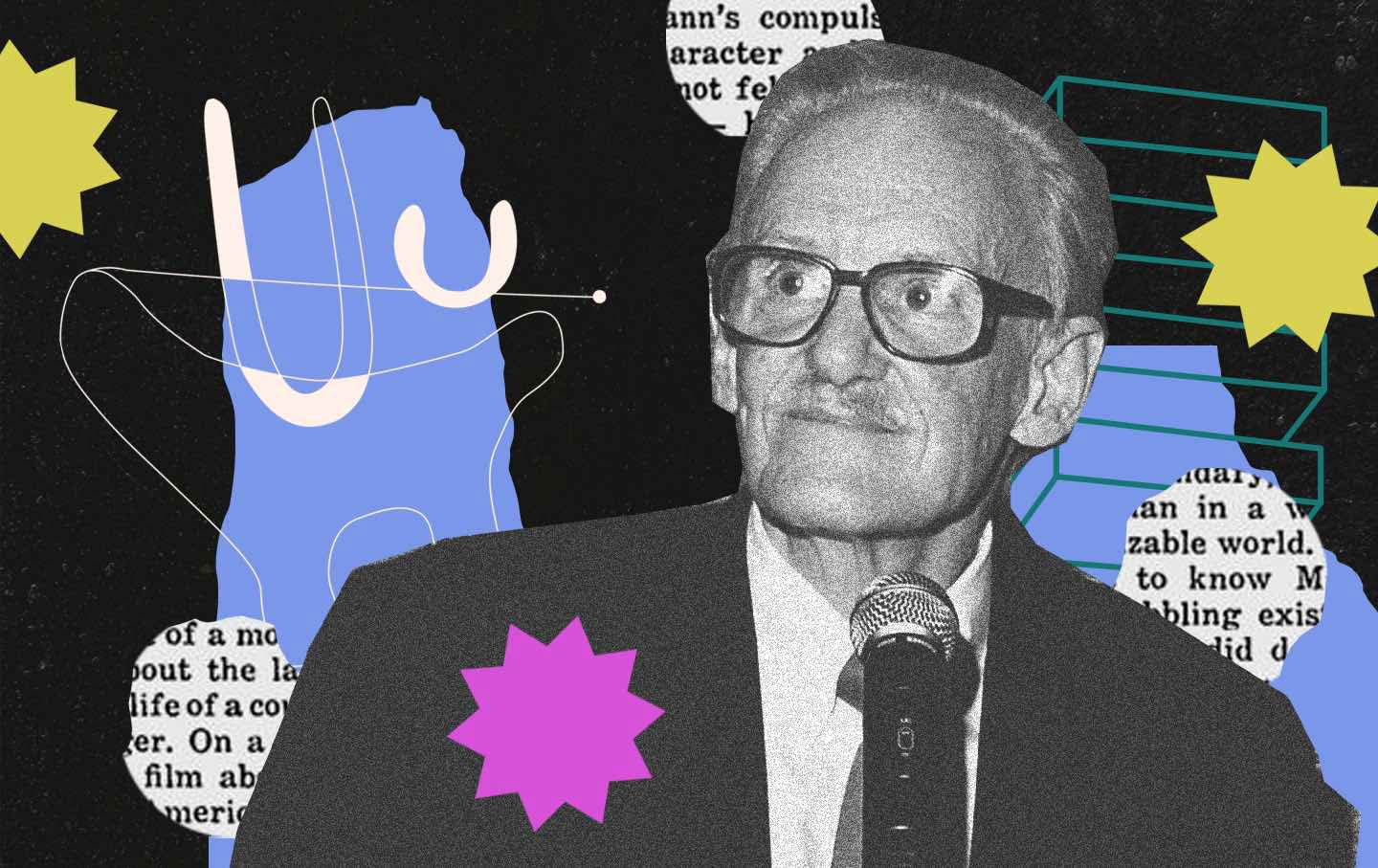
Peter Schjeldahl’s Pleasure Principle Peter Schjeldahl’s Pleasure Principle
His art criticism fixated on the narcissism of the entire enterprise. But over six decades, his work proved that a critic could be an artist too.
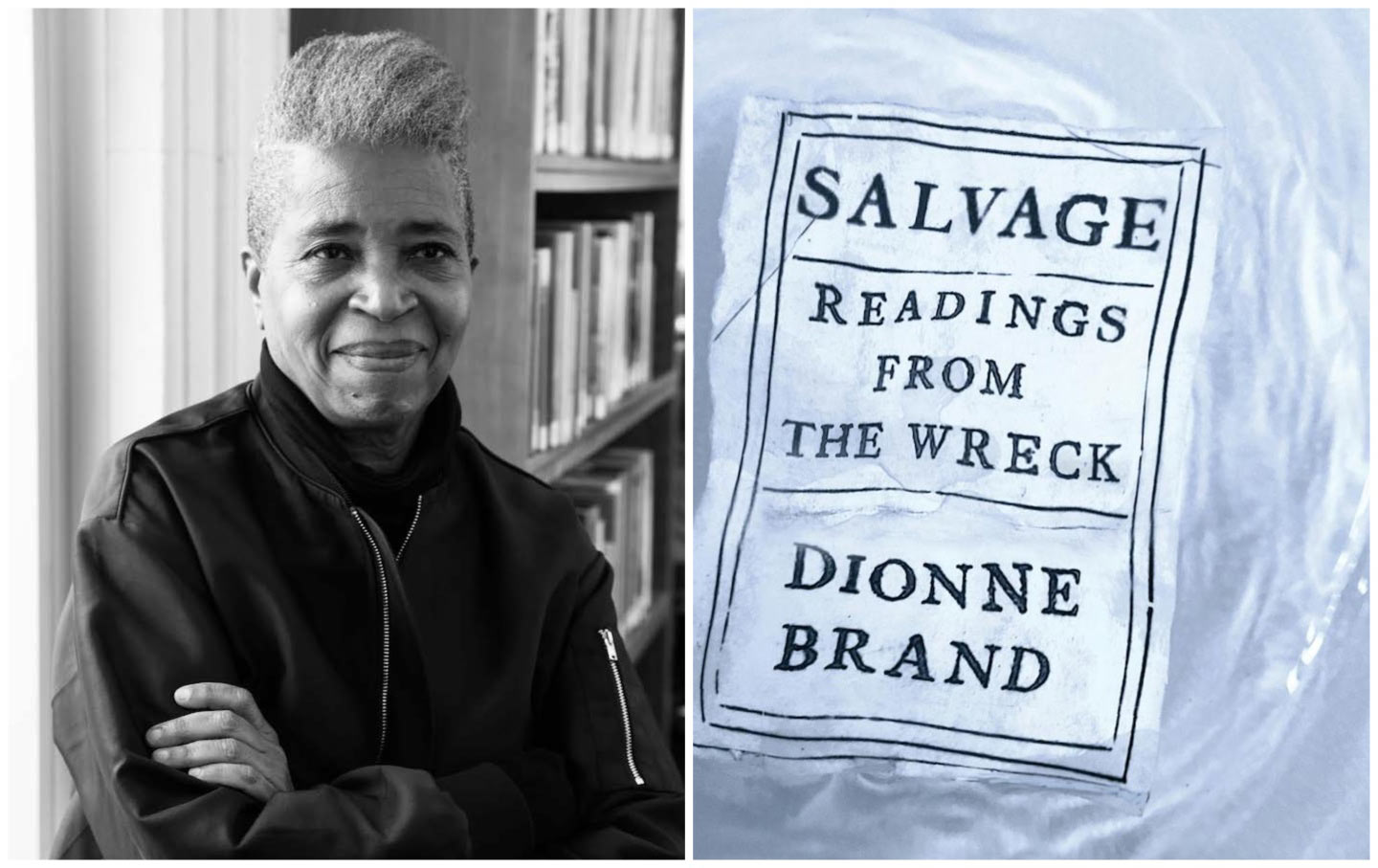
How the Western Literary Canon Made the World Worse How the Western Literary Canon Made the World Worse
A talk with Dionne Brand about her recent book, Salvage, which looks at how the classic texts of Anglo-American fiction helped abet the crimes of capitalism, colonialism, and more...


